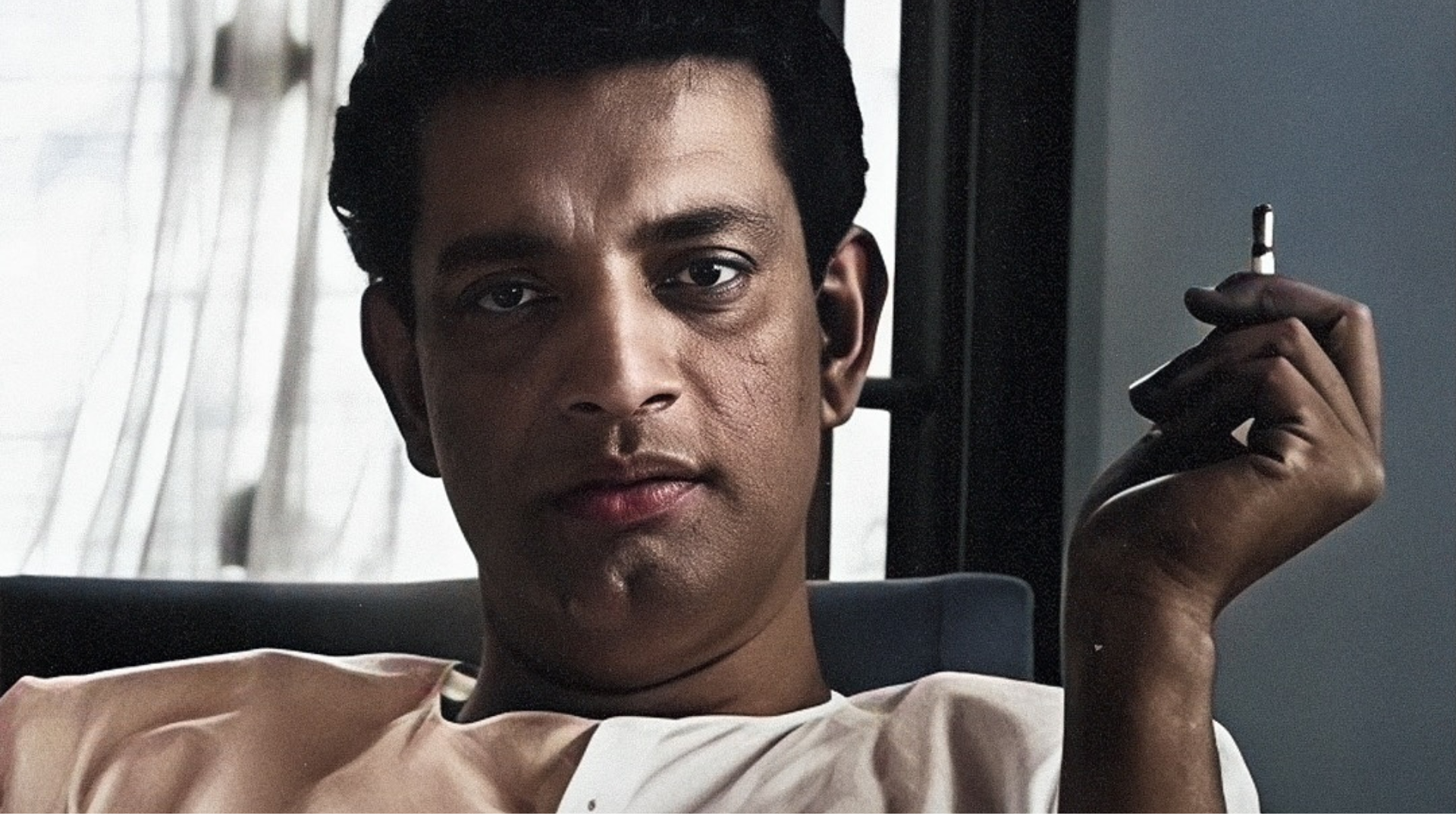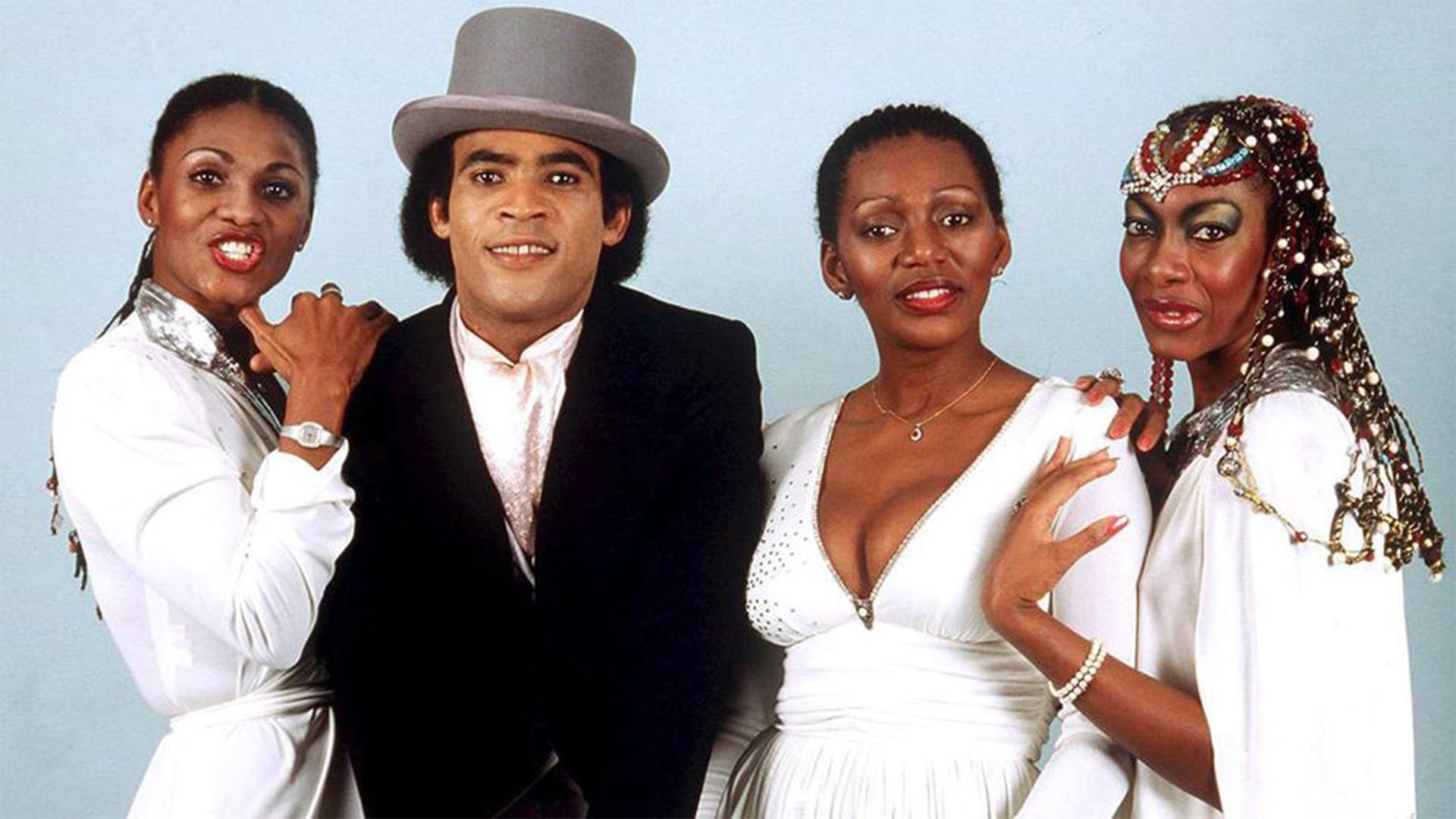Visionary: The brilliance of Satyajit Ray

Satyajit Ray had too many talents for one lifetime; writer, director, composer, illustrator, author. But what held all of it together was his ability to observe.
Born into a family of artists and thinkers, Ray’s upbringing in Calcutta was steeped in books, films, and art. His cinema was as much a product of that inheritance as of his own meticulous discipline.
For many, Ray’s name begins and ends with Pather Panchali (1955) - a poetic debut that captured rural life, poverty, and childhood with startling clarity. Made on a shoestring budget with non-professional actors and a first-time crew, it was a risky act of belief. Today, it’s inseparable from the idea of Indian cinema itself.
But reducing Ray to Pather Panchali misses the scale of what followed. Across four decades, his films tracked the shifting shape of modern India. Charulata, Nayak, Mahanagar, and the Calcutta Trilogy dissected gender, class, ambition, and social decay. Jana Aranya remains one of the most incisive portraits of moral compromise in urban India.
Ray didn’t belong to a single genre. In the late ’60s, Ray developed a sci-fi script titled The Alien, acquired by Columbia Pictures before the project mysteriously fell apart. Years later, its premise reappeared - uncannily - in Spielberg’s E.T.
He often composed the music for his films, revived his grandfather’s Bengali children’s magazine Sandesh, creating beloved characters like Professor Shonku and Feluda, who would go on to shape Indian detective and science fiction literature.
Ray also designed the Indian reimagining of Spider-Man as Pavitr Prabhakar, for Marvel’s 2005 Spider-Man: India comic.
Akira Kurosawa once said that not having seen Ray’s work was like living in the world without seeing the sun or the moon. His films were admired for their humanism, restraint, and precision by directors like Martin Scorsese, James Ivory, and Wes Anderson.
Ray’s style offered an alternative grammar of filmmaking that stood apart from both Hollywood spectacle and European modernism.
There is no understanding cinema without understanding Satyajit Ray. Not just as an Indian auteur; but as one of the most capacious minds ever to hold a camera.
Pather Panchali (1955)
Satyajit Ray’s debut film introduced the world to Apu and the soul of rural Bengal. With simple visuals and deep emotions, he told a story of childhood, family, and survival. A timeless classic that began a new era in Indian cinema.
Aparajito (1956)
In the second part of the Apu Trilogy, Ray follows Apu’s journey from boyhood to independence.It’s a quiet, moving story about growing up, learning, and letting go. Ray captures the tension between tradition and change with great care.
Apur Sansar (1959)
Ray completes Apu’s story with love, loss, and redemption. This film explores how a man rebuilds himself after heartbreak. A deeply human story told with tenderness and grace.
Charulata (1964)
Set in 19th century Bengal, Ray paints the inner world of a lonely woman. Charulata is about longing, intellect, and silent emotions. Ray calls this his most perfect film—and it shows in every frame.
Jalsaghar (1958)
Ray tells the story of a fading aristocrat clinging to music and pride. It’s a quiet reflection on ego, art, and the passing of time. With stunning visuals and haunting music, it’s one of Ray’s most elegant works.
Mahanagar (1963)
Ray shifts to urban Kolkata, where a woman takes her first steps toward independence. Mahanagar is a powerful yet simple film about change in a modern world. Through her journey, Ray gently questions society and gender roles.
Satyajit Ray Reflects on Devi and Cultural Pushback
Satyajit Ray talks about the backlash he faced for his 1960 film Devi, which questioned religious beliefs. Still, he stood by his vision, saying he’ll always make the kind of films that matter to him.
The Music of Satyajit Ray
Satyajit Ray was not just a filmmaker but also a composer who believed music was essential to storytelling. This documentary explores his unique fusion of Indian classical and Western music that brought his cinematic vision to life.
Martin Scorsese on the Genius of Satyajit Ray
Martin Scorsese shares his admiration for Satyajit Ray, highlighting how Ray’s films inspired him and shaped his understanding of visual storytelling. He speaks about Ray’s mastery of cinema and his lasting global impact.
Satyajit Ray & the Revival of Sandesh
In 1961, Satyajit Ray revived Sandesh, the children’s magazine founded by his grandfather in 1913. He wrote stories, designed covers, and introduced a new generation to literature and art. Ray believed children deserved intelligent, imaginative content, not watered-down tales. Through Sandesh, he shared his love for storytelling beyond cinema. It was one more way he stayed connected to his roots and to young minds.

Satyajit Ray’s Vision: The Untold Story Behind Indian Spider-Man
Decades ago, Satyajit Ray met Stan Lee in New York to discuss an Indian version of Spider-Man. Ray shared sketches and ideas, envisioning a superhero rooted in Indian culture. Though the project was shelved, his concept inspired the 2004 comic Spider-Man: India. Pavitr Prabhakar, the Indian Spider-Man, debuted in Marvel’s multiverse years later. Ray’s creative legacy continues to influence global storytelling.





Comments
morgan cynthianna —
The greatest man I have ever meet in my life , all thanks itua healer for helping me and my husband and my mum also , we really appreciate your herbal work. my husband and I are now Herpes free and also my mum get rid of Diabetes we are so happy itua healer for your help , we really do appreciate Contact him on WhatsApp +2348150223558 on email him on ituahealer@gmail.com visit his website on https://ituahealer.wixsite.com/my-site
coinsrecoveryworldwide —
Investment scams are becoming increasingly common in the world of cryptocurrency, with many individuals falling victim to fraudulent schemes promising high returns on their investments. These scams can result in the loss of significant amounts of money, leaving victims feeling helpless and devastated.
CoinsRecoveryWorldwide is a trusted and reliable resource for individuals who have fallen victim to investment scams involving Bitcoin and other cryptocurrencies. They specialize in helping clients recover their lost assets and funds through their expertise and experience in navigating the complex world of cryptocurrency scams.
CoinsRecoveryWorldwide works tirelessly to investigate and track down the perpetrators of these scams, working with law enforcement agencies and other authorities to ensure that justice is served. They provide a range of services to assist clients in recovering their assets, including legal representation, forensic analysis, and negotiation with scammers.
If you have been the victim of an investment scam involving Bitcoin or other cryptocurrencies, don’t hesitate to reach out to CoinsRecoveryWorldwide for assistance. They have a proven track record of success in recovering lost assets for their clients and can help you navigate the process of recovering your funds. Don’t let scammers get away with your hard-earned money – contact CoinsRecoveryWorldwide today for help in recovering your assets.
Contact information
WEBSITE; https://coinsrecoveryworldwide.mobirisesite.com/ EMAIL.COINSRECOVERYWORLDWIDE@GMAIL.COM WHATSAPP:+17658236083]
Manuel Franco —
I promised Great Dr. Odunga to post this testimony and I really want to say “Thank You” to everyone who supported me through the years. My name is Manuel Franco, New Berlin, Wisconsin. My story of how I won the Powerball lottery of $768.4M is a bit of a tale. I was feeling very lucky that day because I had contacted Great Odunga to help me with the winning Powerball numbers. I really had that great great feeling that I looked at the camera wanting to wink at it. I only did a tiny part of it when he told me he would give me the numbers and trusted him. He gave me the numbers after I played a couple other tickets along with it for $10. I checked my ticket after the winnings came online and saw the numbers were correct including the Power play. I screamed for about 10 minutes because it felt like a dream coming into reality. I had won $768.4M. Thank you Great Odunga. Well, his emails are odungaspelltemple@gmail.com and odungaspelltemple@outlook.com You can also call or Whats-app him at +2348167159012 so you guys can contact him
HE CAN ALSO FIX THE FOLLOWING PROBLEMS. RELIABLE AND TRUSTED
Lottery Spell Love/Reunion Spell Pregnancy Spell Protection Spell Marriage spell Healing/Cure spellContact him for any of these today:
EMAIL: odungaspelltemple@gmail.com OR odungaspelltemple@outlook.com also Call and WHATS-APP HIM +2348167159012.
Jenifer Zara —
HOW I FINALLY GOT MY STOLEN FUNDS BACK // ALL THANKS TO THE HACK ANGELS RECOVERY EXPERT
Have you lost money in a cryptocurrency or online investment scam? Are you desperately searching for help recovering your stolen funds? If you find yourself in such difficulty, get in touch with THE HACK ANGELS RECOVERY EXPERT to recover your scammed funds back. I was devastated when I lost over $975,000 in an investment trading company. I was down because the company refused to let me make withdrawals and kept asking for more money. My friend introduced me to THE HACK ANGELS RECOVERY EXPERT. I was able to recover my money back. They are knowledgeable professionals, and I am grateful for their assistance. You can contact them using the details below
Email: support@thehackangels.com
Website at www.thehackangels.com
WhatsApp +1(520)200-2320
If you’re unsure of what to do next. In a few days, you will see the efforts they took to recover the money they stole from you.